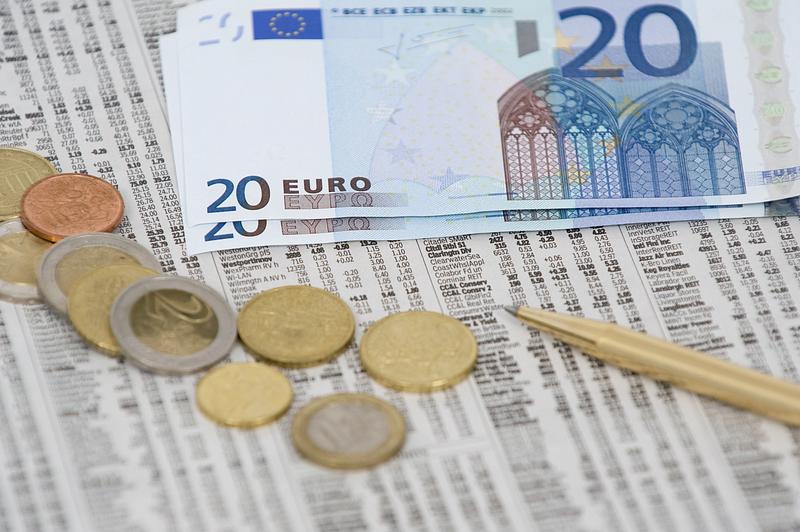Yields of Romanian Eurobonds hit 6% as Covid-19 crisis further strains public finance

The yield of the 10-year Eurobonds issued by the Romanian Government rose to 6.02% on Wednesday, March 18, according to over-the-counter interbank yield quotes for this type of instrument.
This is 2 percentage points (pp) higher than one month earlier and 0.37pp up from the day before. By comparison, in January 2019, after the Socialist Government endorsed the so-called “greed tax ordinance”, the yields on 10-year Eurobonds rose to little over 5%.
The public expenditures necessary for fighting the COVID-19 pandemic and its economic effects, which come on top of major fiscal slippage in Romania, is the main driver behind the yield spike. Romania’s finance minister Florin Citu initially announced a 1%-of-GDP economic stimulus package after the coronavirus (COVID-19) hit Romania.
Then, he mentioned a 2%-of-GDP fiscal package for the economy after president Klaus Iohannis decreed the state of emergency on March 16.
Furthermore, the authorities’ strategy to mitigate the negative economic of COVID-19 epidemic was still unclear before the first Government meeting under the state of emergency (on March 18) and the magnitude of the shock can’t be estimated yet.
A bond trader quoted by Economica.net commented about the measures taken so far by the Government and Romania’s National Bank (BNR) as not being the best. Although he did not elaborate and the authorities’ measures were not fully disclosed, the statement reflects the investors’ sentiment, especially considering the economic measures announced by other EU countries.
For example, Poland’s National Bank has already started purchasing Government bonds to boost liquidity and help the economy.
Separately, Romania’s public finance position is already shaky after the public deficit hit 4.6% of GDP in 2019 and was being estimated at 3.6% of GDP before the COVID-19 crisis.
ING Bank has already revised its projection for Romania’s GDP growth, indicating a 1% drop, and expects the public deficit to go over 5% of GDP even without the 40% hike in public pensions planned for September.
(Photo: Brad Wynnyk | Dreamstime.com)
editor@romania-insider.com













